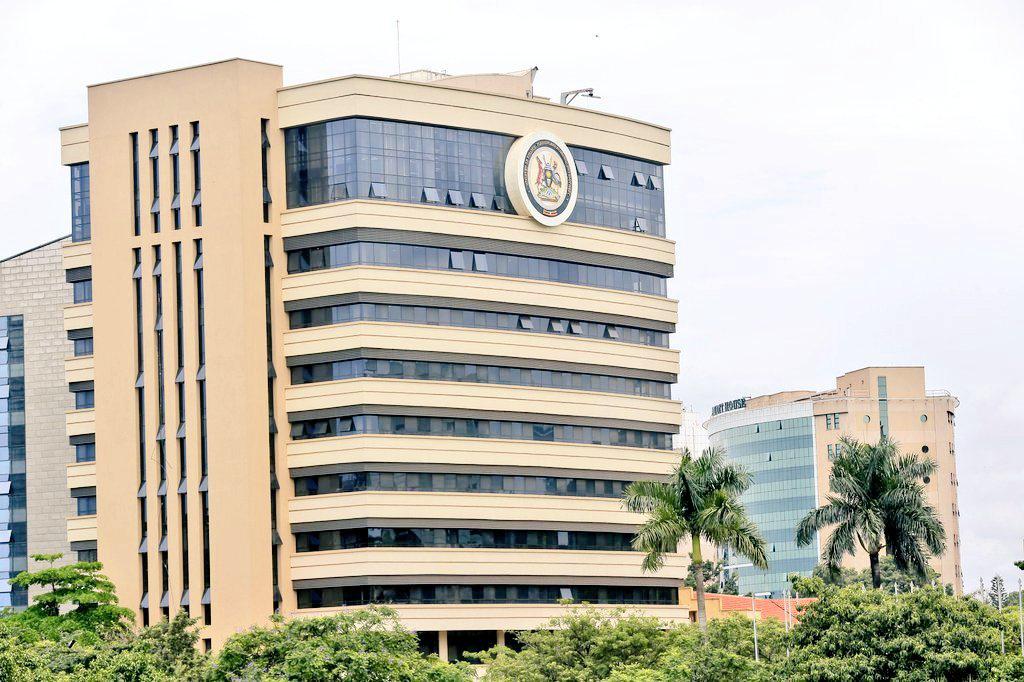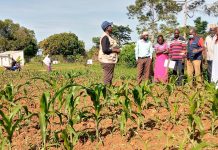By David Mwanje
Uganda’s economy in July 2025 displayed a strong performance, with steady growth in business activity and a slight dip in inflation, according to the latest Performance of the Economy report from the Ministry of Finance, Planning and Economic Development. This positive outlook offers hope for Ugandans, though challenges in regional trade and rising import costs remain a concern.
Inflation Eases, Bringing Relief to Households
Good news for consumers: annual headline inflation dropped to 3.8% in July from 3.9% in June 2025. This small decline was driven by lower food crop prices, thanks to an increased supply of staples like citrus fruits, cabbages, tomatoes, and Irish potatoes. For example, cabbage prices fell sharply by 25.3%, making meals more affordable for many Ugandan families. Energy, fuel, and utility prices remained stable, with no significant change from last year, partly due to the Uganda National Oil Company’s efforts to ensure a steady fuel supply and government reductions in electricity tariffs.
Businesses Thrive Amid Rising Costs
Businesses across Uganda continued to grow, with the Purchasing Managers’ Index (PMI) at 53.6, signaling strong private sector activity despite a slight drop from 55.6 in June. This growth was fueled by increased orders and job creation in sectors like agriculture, construction, and services. However, rising input costs slightly slowed the pace of expansion, a concern for small businesses struggling to keep up. The Business Tendency Index (BTI) also remained positive at 58.3, showing that business owners are optimistic about future orders and employment over the next three months.
Shilling Strengthens, Boosting Confidence
The Ugandan Shilling gained strength against the US Dollar, appreciating by 0.5% to an average of Shs 3,586.57/USD. This was supported by increased foreign exchange inflows from coffee exports, remittances, and investments from abroad. A stronger Shilling could help reduce the cost of imported goods, though it weakened slightly against the Euro, which may affect businesses importing from Europe.
Trade Deficit Widens, EAC Barriers Hurt Exports
On the trade front, Uganda faced challenges. The country’s trade deficit grew to USD 272.9 million in June 2025, up from USD 244.9 million a year earlier, as imports surged by 50.7% to USD 1,427.3 million. While exports also grew significantly by 64.3% to USD 1,154.4 million, driven by coffee, tea, and fish, the rapid rise in imports outpaced this growth. Within the East African Community (EAC), Uganda’s trade deficit widened by 95% to USD 209.51 million, largely due to tariff and non-tariff barriers imposed by some EAC partners, which restricted exports like tiles, fish, and dairy products. The Democratic Republic of Congo remained Uganda’s top EAC market, accounting for 33.3% of regional exports.
Government Finances and Borrowing
The government recorded a fiscal deficit of Shs 1,459.24 billion in July, lower than the planned Shs 1,659.62 billion, thanks to higher-than-expected revenues and grants. Tax collections were nearly on target at 99.3%, but non-tax revenues fell short. Government spending was also lower than planned, partly due to delays in budget processes. Notably, Shs 168.21 billion in grants from the World Bank boosted the Investment for Industrial Transformation and Employment (INVITE) project, supporting industrial growth.
For everyday Ugandans, the drop in inflation means cheaper food and stable fuel prices, easing the cost of living. Businesses, especially in agriculture and services, are creating jobs, which could improve incomes. However, the growing trade deficit and EAC restrictions highlight the need for stronger regional trade policies to boost Uganda’s exports. As the government continues to invest in projects like INVITE, Ugandans can expect more opportunities, but addressing trade barriers will be key to sustaining this growth.























